
< br />
MOSCOW, June 10 Candidates for the possession of consciousness among animals are mammals, but possibly all vertebrates, including birds, amphibians, reptiles and fish, as well as some of the mollusks and arthropods, said in an interview the director of the Institute for Advanced Brain Research at Moscow State University named after M.V. Lomonosov, academician of the Russian Academy of Sciences, neurophysiologist Konstantin Anokhin.
He was the scientific organizer of the First International Scientific Conference on Animal Consciousness with the participation of the Dalai Lama in Dharamsala in northern India in May 2023. And in May of this year, together with the Moscow Foundation for Promoting Humane and Responsible Treatment of Animals “Cat of the Wind”, Academician Anokhin gathered in the capital of Nepal, Kathmandu, the Second International Forum “How to study and understand consciousness in non-humans” with the participation of dozens of leading experts in this field with all over the world.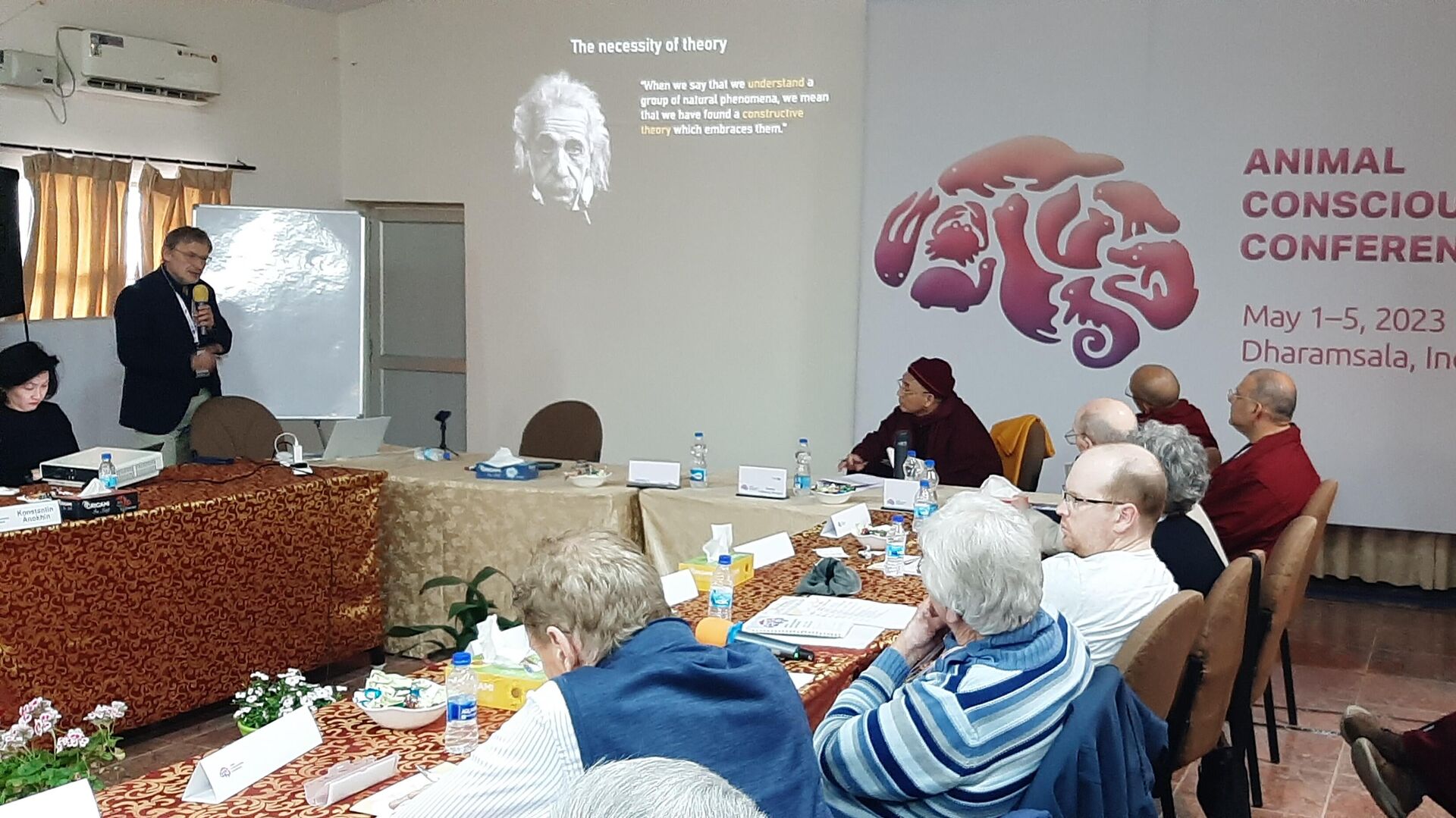
«Mammals are certainly candidates for possessing consciousness. Perhaps all vertebrates, because they already have a fairly complex central nervous system. First of all, these include birds, but perhaps also amphibians, reptiles, and fish. In addition, apparently, some mollusks and arthropods. Of the mollusks, apparently, these are octopuses and cuttlefish. Of the arthropods, for example, crabs. This does not mean that other animals do not have consciousness, but with respect to those named, we have the most arguments «for» it,» Anokhin said.
The animals named, according to him, meet three conditions that are necessary for possessing consciousness, according to his theory. «I have a theory — the hypernetwork theory of the brain — which predicts when consciousness appears in a living being. The theory says that consciousness can be possessed by those species of animals that have three necessary components. The first is a nervous system, and a fairly deep one at that… The second criterion is the presence of functional systems in the organism that have the ability to generate new behavior… Third, the cells in such a network must have long-term memory mechanisms. This will allow them to accumulate new experience in the same way that genetic memory accumulated the results of mutations and selection in evolution,» the academician explained.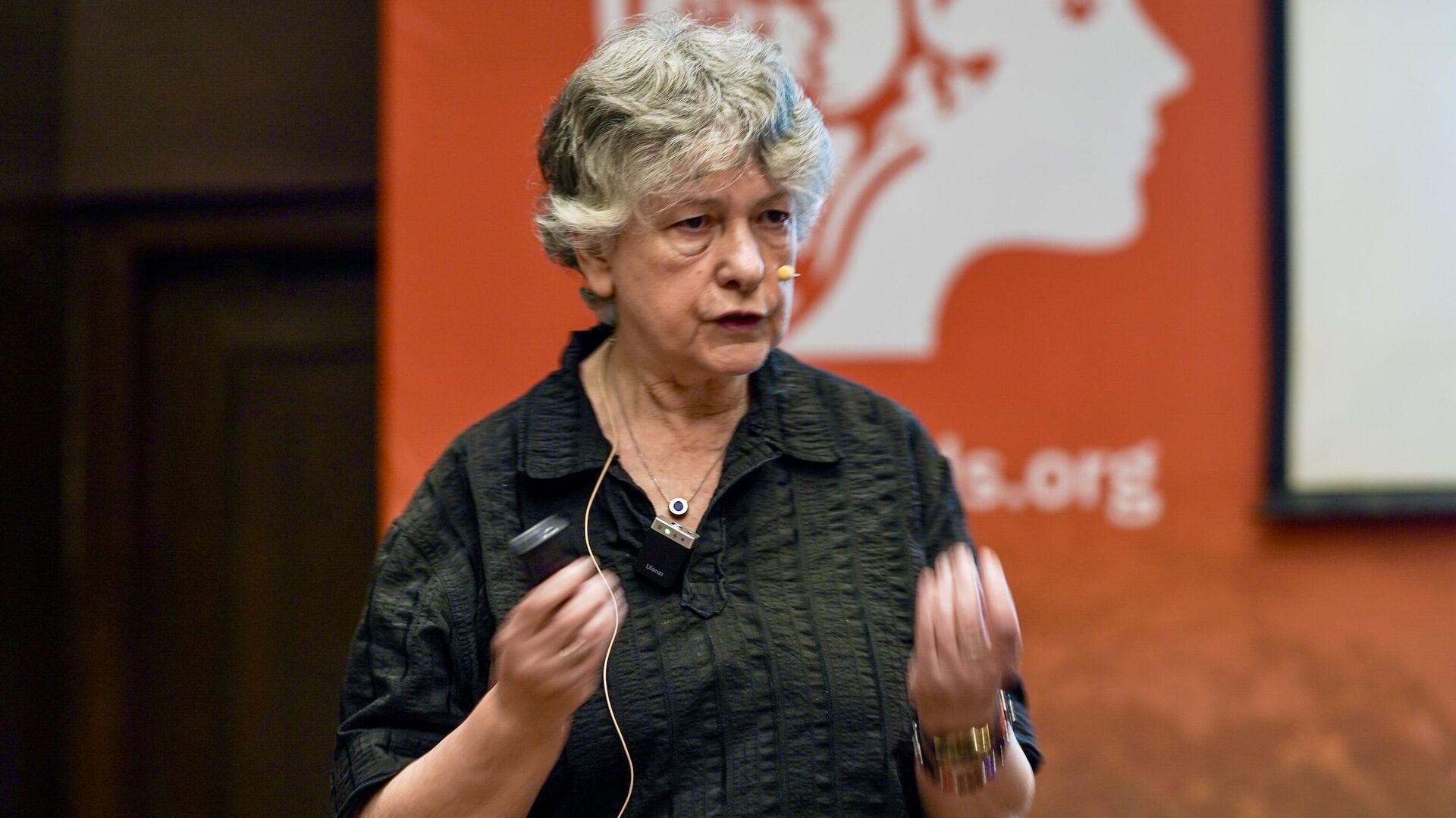
Answering a question about the existing scientific evidence of consciousness or its rudiments in animals, the agency’s interlocutor noted that it lies in two areas. «The first is behavioral abilities. Many animals are capable of behaving in a manner similar to us in situations that require the participation of consciousness from people. However, some researchers say that external behavior cannot serve as a criterion for the presence of consciousness, because a zombie or robot will also behave do so. But if we decide that behavior can serve as such a criterion, then, according to the principle of Occam’s razor (not to create unnecessary entities), we should accept that these animals have consciousness… If an animal with a nervous system shows all the signs of pain, — then, most likely, it experiences the same sensations as we do. Although, there are scientists who categorically do not accept this approach,” Anokhin said.
There is also a second approach, which was developed in the school of functional systems theory by Vyacheslav Shvyrkov (1939-1994, an outstanding Russian neurophysiologist and psychologist, the founder of the scientific school of «systemic psychophysiology»). It assumes that subjective sensations can be studied objectively. «The functional systems theory approach suggests that we can objectively explore and understand the subjective world of an animal if we look into its brain during its behavior and observe how neurons behave, demonstrating the animal's attitude to the world around it, its values, its interests. By the presence of specialized neuronal activity, we can understand what the animal sees and distinguishes in the world. For example, what an animal in an experimental chamber distinguishes between one pedal with which it gets food and another,» Anokhin added.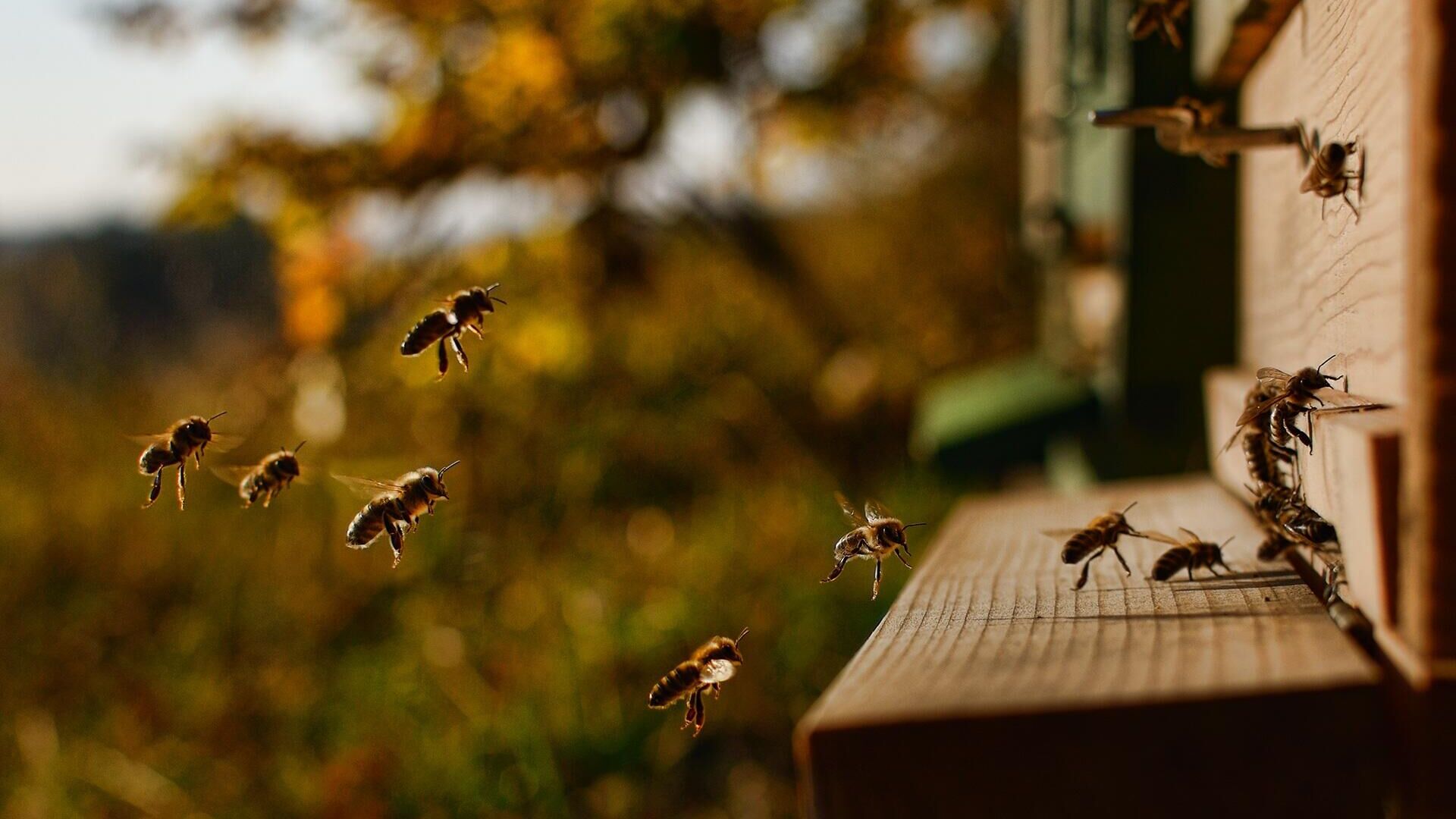
Discussing the conference reports, he noted that the discovery was the ability of bumblebees and honeybees, in particular, to “learn to use tools and learn this from watching other bees, and also to play and enjoy it.” “Some time ago, such abilities were considered the prerogative of only vertebrates, which have a very complex nervous system… This is very important new data that changes our ideas about the world of insects,” explained the academician.
According to him, scientists have to answer the question of where to draw the line between consciousness and unconsciousness, sentient and non-sentient forms of life. “It is no coincidence that I invited participants working with plants, as well as hydras — one of the simplest creatures with a nervous system. Because plants and hydras are candidates for cutting off. To understand where the border is, you need to see what is on the other side side. We must look carefully: will we already make a division here, or will we cut off the sentient and the non-sentient, say, in bees or frogs? «, explained the scientific organizer of the forum on consciousness.
Read the full text. interview with Konstantin Anokhin >>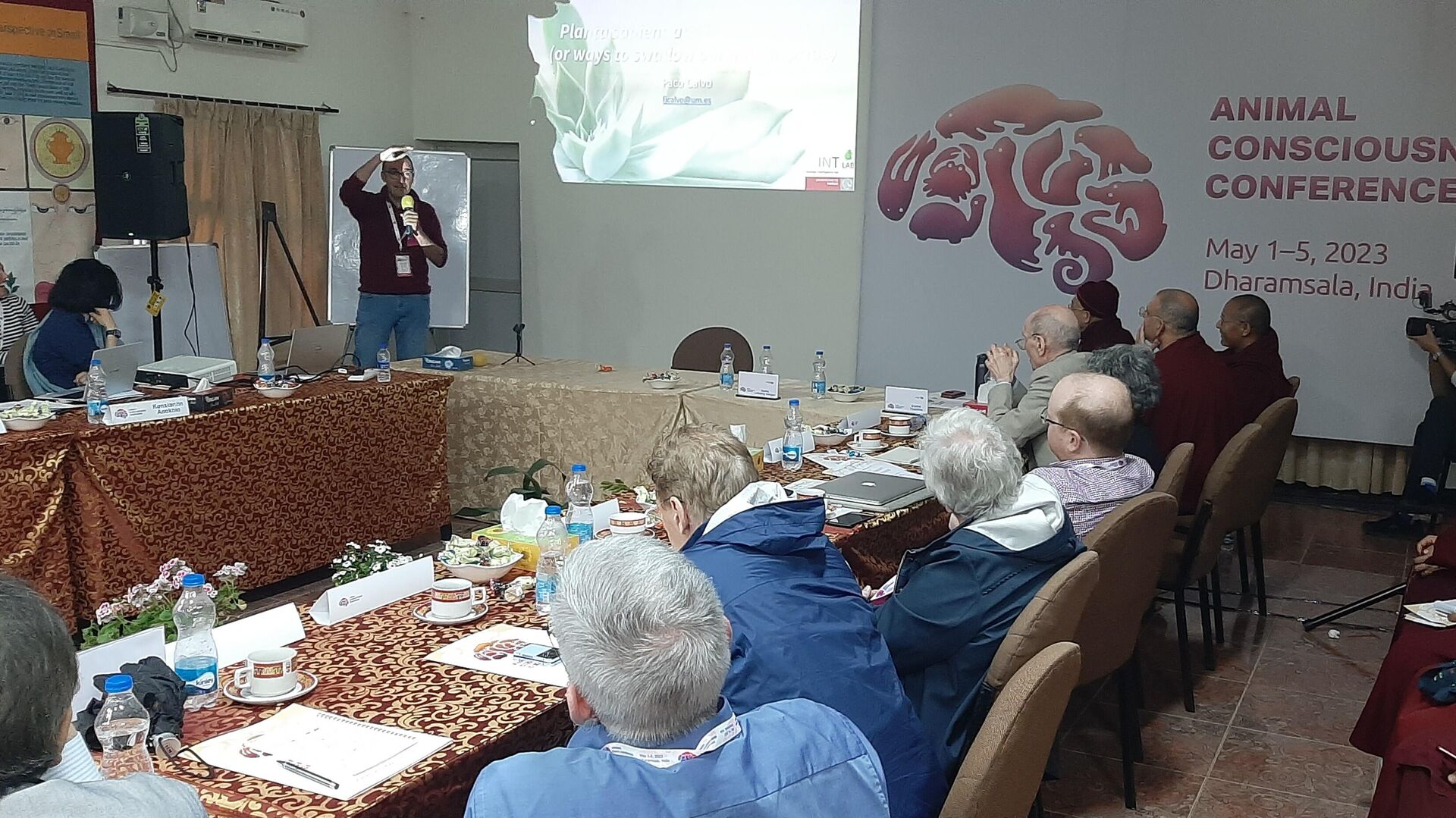















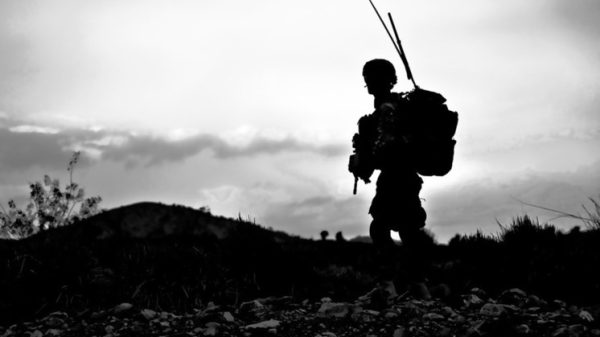











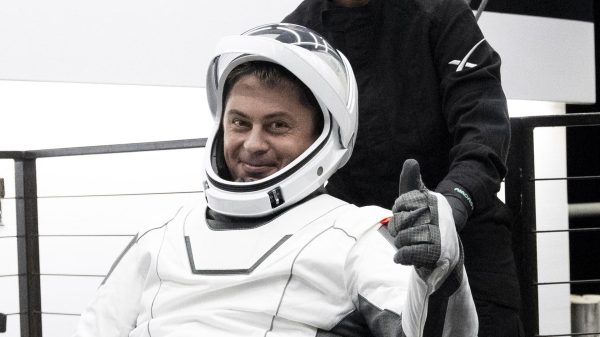





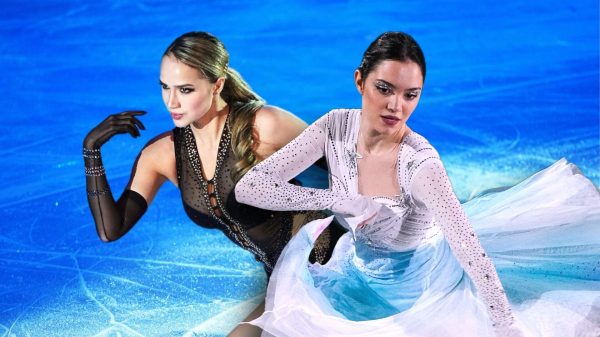























Свежие комментарии